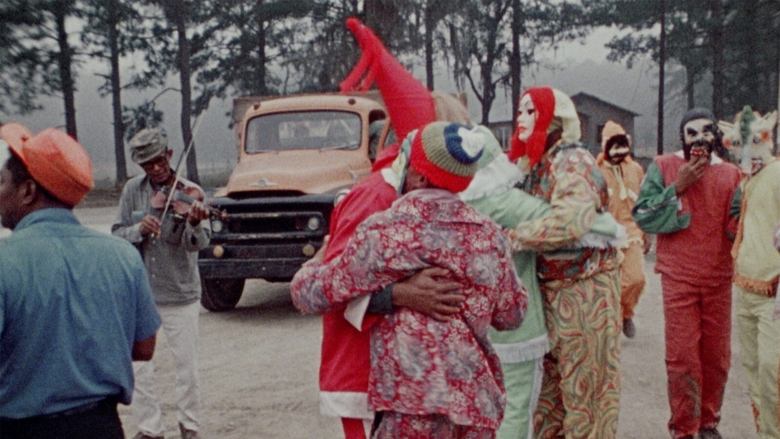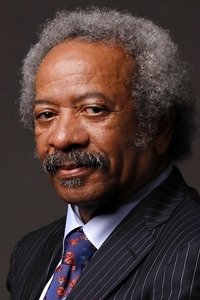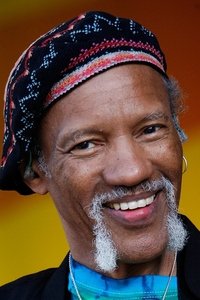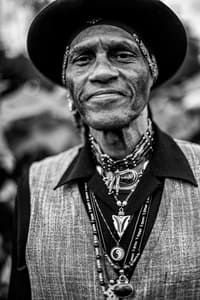Always for Pleasure
Genres
Documentary
OverView
An intense insider's portrait of New Orleans' street celebrations and unique cultural gumbo: Second-line parades, Mardi Gras, Jazz Fest. Features live music from Professor Longhair, the Wild Tchoupitoulas, the Neville Brothers and more. This glorious, soul-satisfying film is among Blank's special masterworks. Preserved by the Academy Film Archive in 1999.
Others
Budget
$--
Revenue
$--
Status
Released
Original Language
English
Runtime
58 mins
Rating
7.3/10
Release Date
02 May 1978
Country
United States of America







